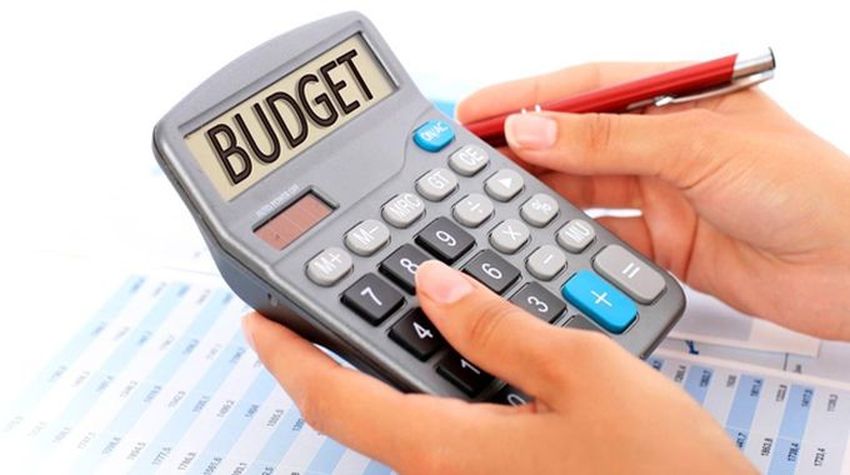Housing markets across the country are changing swiftly—but with interest rates at historic lows, this might be a good time to buy. Here are all the factors to consider.
It almost goes without saying that COVID-19 has had a far-reaching impact on the Canadian economy and healthcare system in the first half of 2020. As expected, the spring housing market was much cooler than 2019, with the Canadian Real Estate Association (CREA) confirming that May 2020 recorded the lowest volume of sales in May since 1996. Despite the significant drop in sales volume due to the pandemic, though, national home prices remained relatively stable.
After a quiet April, market activity began to pick up in local housing markets across the country in May: more buyers resumed their home searches, and more sellers began to list their homes. With more home buyers and sellers hopping off the sidelines, housing competition is starting to heat up in many regions. In Toronto and Vancouver—Canada’s largest markets—demand and supply were evenly matched in May, whereas in Southern Ontario markets like Ottawa and Hamilton-Burlington, buyers faced ever fiercer competition for available homes than last year.
Given how swiftly conditions have changed and continue to evolve in housing markets across the country, prospective home buyers may be wondering: Is now a good time to jump into the market? Perhaps. With interest rates at historic lows, if you are able to buy and hold a home for the medium to long term, this might be a good time to buy. Here are all the factors you should consider as you make your decision.
Account for your finances and your lifestyle needs.
For many Canadians, finances are just one part of the story, and the decision to buy a home often goes beyond the dollars and cents. To put it simply, people need to make changes in their lives and move—regardless of whether there is a pandemic or not. If you have done the math and are confident about your financial ability to carry a new home, this is a great opportunity to take advantage of low interest rates.
Consider why you want to buy in the first place.
Perhaps you’ve had a relationship or family change; a divorce or a baby on the way are common reasons people choose to move. Alternatively, do you want to be closer to family, in a good school district, or have better transit access? If you started planning a move before the pandemic, consider whether and how COVID-19 has altered these priorities.
Once you’ve determined why you need to move, consider how your lifestyle needs may evolve. After all, you will be living in the home you purchase for at least a few years, so you need to think about whether the home you buy is a fit for your needs both today and tomorrow. If you can find what you want, in the location you desire, and are comfortable living there for at least five years, take the leap.
Get local with market data.
When you’ve made the decision to move forward with a home search, you’ll likely turn your attention to how the housing market is performing. After all, buying a home is a major personal commitment, and also one of the biggest financial investments most people will make. With everything going on, in addition to sales updates from national and local real estate boards, a number of Canada’s most established financial institutions, economists and housing corporations have attempted to predict the size and duration of the impact of COVID-19 on the housing sector.
While high-level data from real estate boards and financial institutions can provide valuable perspective on how the housing market is performing at the macro-level, real estate is hyper-regional, and in many respects, local. The type of property, the neighbourhood you’re interested in, and your budget will all play a role in the level of competition you’re likely to face and ultimately the price you can expect to pay.
Working with a real estate agent you trust is one way to cut through the noise and understand how far your dollar will go in real estate based on your situation and your needs. A good real estate agent acts as a trusted expert who can provide you with the facts, data and insights that are most relevant to your purchase decision, so you can make an informed choice that you are comfortable with now and in the future.
Remember that real estate is a long-term decision.
Finally, remember that real estate is a long-term investment. If you are looking to make short term, speculative investments, this is a particularly risky time to do that in real estate. Further, churning real estate has real costs that eat into any sale price, which include but aren’t limited to land transfer taxes, realtor professional fees and moving costs.
Once you’ve carefully weighed your personal needs against your financial appetite and obligations and have also considered the context of the real estate market in your area, take the plunge if you’re confident that everything lines up. If you can buy and hold for the long term, there are some great pockets of opportunity out there.

